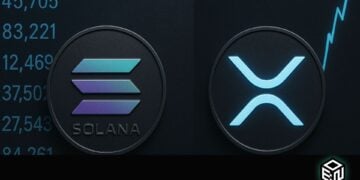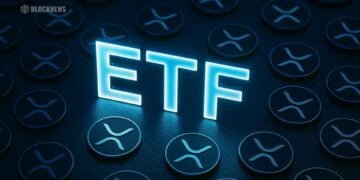- $PAIN Token’s Rapid Collapse: Launched as a fun, nostalgia-driven token inspired by “Hide the Pain Harold,” $PAIN soared to a $2.2 billion market cap before plummeting 92% in just 10 minutes.
- Flawed Tokenomics: The project’s structure, including a presale that raised 185,976 $SOL and a promise to refund 80% of those funds, led to a liquidity crisis. Early investors cashed out quickly, overwhelming the limited liquidity and causing the token’s value to collapse.
- Investor Caution: This event serves as a stark reminder of the risks associated with memecoins, emphasizing the need for thorough research and caution in the volatile crypto market.
$PAIN, a memecoin launched to end the pain of a bleeding portfolio, ended up delivering exactly the opposite. After skyrocketing to a $2.2 billion market cap, the token nosedived by 92% in just 10 minutes, leaving investors stunned and wallets bleeding. So, let us take a closer look at what went wrong.
What is $PAIN?
$PAIN is a Solana-based memecoin inspired by “Hide the Pain Harold,” one of the most recognizable faces on the internet. The project was marketed as a fun and lighthearted way to engage with crypto, promising to be the official token of pain expression on the blockchain. But the irony is hard to miss—what was meant to symbolize pain became a financial nightmare for those who bought in at the top.
The Hype Train That Derailed
The $PAIN team played their cards well, leveraging nostalgia and humor to build hype. Their presale was a massive success, raising 185,976 $SOL in just 48 hours—more than any other memecoin presale in USD value.
Then came a move that seemed generous but turned out to be risky. They announced they would refund 80% of the presale funds, using the remaining 20% for liquidity, launch expenses, and exchange listings. The idea was to minimize financial pain, but it inadvertently set the stage for disaster.
Tokenomics That Set the Stage for Disaster
With a total supply of 10 million tokens, the distribution was as follows:
- 50% – Harold (locked until 2045) – 5M $PAIN
- 20% – Presale – 2M $PAIN
- 15% – Liquidity – 1.5M $PAIN
- 10% – Community – 1M $PAIN
- 5% – Partners – 0.5M $PAIN
At first glance, the tokenomics seemed reasonable. Locking 50% for Harold until 2045 was meant to show long-term commitment. However, the real issue lay with the 2 million tokens sold during the presale. Once the token pumped at launch, early buyers rushed to cash out, triggering a massive sell-off.
The 15% allocated to liquidity wasn’t nearly enough to handle this selling pressure, leading to a liquidity crisis. Prices dropped rapidly, and with no buy support, the value of $PAIN collapsed—hard.
Final Thoughts
Overall, $PAIN was meant to be a fun, nostalgia-driven token, but it ended up being a brutal reminder of how quickly things can go south in the crypto world. The project’s tokenomics, combined with the market’s growing fatigue with memecoins, created the perfect storm for a spectacular crash. Ultimately, $PAIN lived up to its name. And whether this signals the end of the memecoin era or just another cautionary tale remains to be seen.














